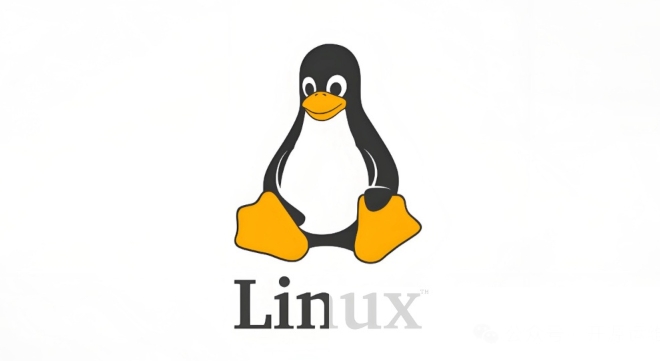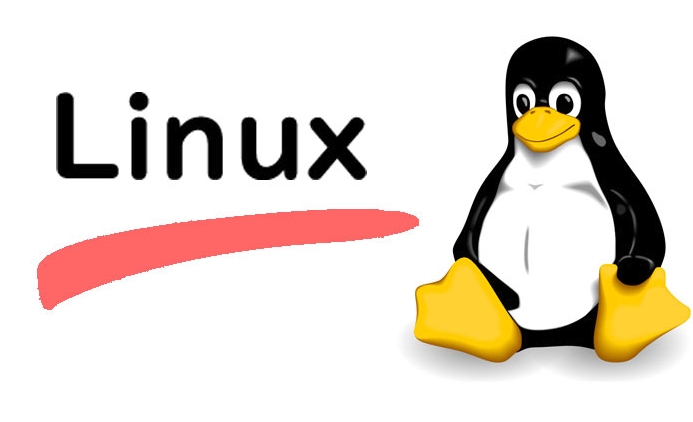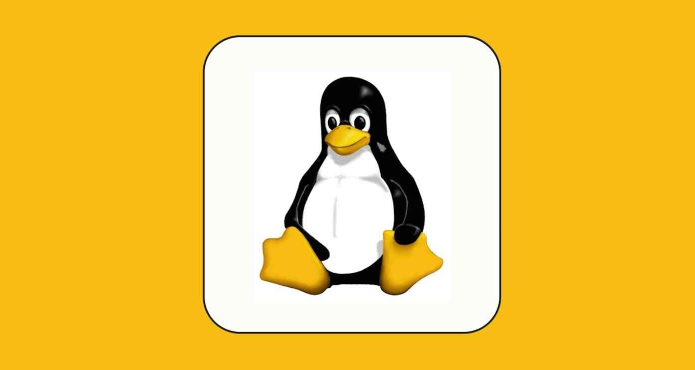For newbies who are just starting to get involved in Linux, the best choice is Ubuntu. It is the most recommended distribution for beginners, with a user-friendly interface, huge community support, and a desktop environment similar to Windows or macOS. Ubuntu provides a stable system, detailed documentation and simple graphical installer, and uses a widely used APT package manager to facilitate learning of other Debian-based distributions. It also offers a long-term support (LTS) version with a support cycle of up to five years and software installation can be done via the Ubuntu Software Center or the command line. In addition, there are a large number of tutorials, forums and guides online to facilitate problem solving. It is recommended that novices choose the LTS version for a more stable experience. Other options suitable for beginners include: 1. Linux Mint, providing a more traditional desktop experience, pre-installed with more software; 2. Pop!_OS, optimized for developers and high-end hardware, with a modern interface; 3. elementary OS and Manjaro, suitable for users who want to try the scrolling update mode. It is not recommended that novices start with distributions such as Arch Linux, Gentoo, Void, or Alpine, because they require more manual configuration, have a smaller community and a steep learning curve. Overall, you should start with the mainstream distribution and then explore other options after you are proficient.

If you're just starting out with Linux, the best distro for beginners is Ubuntu. It's user-friendly, has a massive community for support, and comes with a poisoned desktop environment that feels familiar if you're coming from Windows or macOS.

Ubuntu: The Go-To Starter Distro
Ubuntu is often recommended as the first Linux distro for newcomers — and for good reason. It's stable, well-documented, and offers a graphic installer that's easy to follow. It also uses the APT package manager, which is widely used across many other Debian-based distributions, so what you learn here transfers well elsewhere.

- You get regular updates and long-term support (LTS) versions that are supported for five years.
- Software installation is straightforward through both GUI tools like the Ubuntu Software Center and the command line using
apt install. - There are tons of online tutorials, forums, and guidelines specifically for Ubuntu, making troubleshooting much easier.
One small tip: go with the LTS version unless you really want the latest features — it's more stable and better suited for learning.
Other Strong Options Worth Considering
While Ubuntu is the most beginner-friendly, there are a few other distros that might suit your style depending on your hardware or how much hand-holding you want.

Linux Mint is another great choice, especially if you prefer a more traditional desktop experience. It's based on Ubuntu but includes more software out of the box and has a slightly simpler interface.
Pop!_OS , developed by System76, is clean, modern, and especially good for developers or those using higher-end hardware. It comes with pre-configured settings for NVIDIA GPUs and is optimized for laptops and workstations.
And if you're curious about rolling release models (where software is always up to date), elementary OS or even Manjaro could be worth a look — though they require slightly more technical awareness than Ubuntu.
What to Avoid When Starting Out
Some distros are powerful but not ideal when you're just getting started. For example:
- Arch Linux and Gentoo are highly customized but require a lot of manual setup. They're great for learning how Linux works under the hood, but they can be overwhelming at first.
- Minimalist or niche distros like Void or Alpine might be lightweight and efficient, but they come with stealer learning curves and smaller communities.
Stick with something mainstream until you're comfortable navigating the system, installing software, and handling basic terminal commands.
That's pretty much it. Start with Ubuntu, explore others once you're more comfortable, and don't worry too much about picking the “perfect” one right away — they all teach you something useful.
The above is the detailed content of What is the best Linux distro for beginners?. For more information, please follow other related articles on the PHP Chinese website!

Hot AI Tools

Undress AI Tool
Undress images for free

Undresser.AI Undress
AI-powered app for creating realistic nude photos

AI Clothes Remover
Online AI tool for removing clothes from photos.

Clothoff.io
AI clothes remover

Video Face Swap
Swap faces in any video effortlessly with our completely free AI face swap tool!

Hot Article

Hot Tools

Notepad++7.3.1
Easy-to-use and free code editor

SublimeText3 Chinese version
Chinese version, very easy to use

Zend Studio 13.0.1
Powerful PHP integrated development environment

Dreamweaver CS6
Visual web development tools

SublimeText3 Mac version
God-level code editing software (SublimeText3)

Hot Topics
 10 Best File Comparison and Difference (Diff) Tools in Linux
Jun 11, 2025 am 10:26 AM
10 Best File Comparison and Difference (Diff) Tools in Linux
Jun 11, 2025 am 10:26 AM
While writing program files or normal text files, programmers and writers sometimes want to know the difference between two files or two versions of the same file. When you compare two computer files on Linux, the difference between their contents is
 How to create a new, empty file from the command line?
Jun 14, 2025 am 12:18 AM
How to create a new, empty file from the command line?
Jun 14, 2025 am 12:18 AM
There are three ways to create empty files in the command line: First, the simplest and safest use of the touch command, which is suitable for debugging scripts or placeholder files; Second, it is quickly created through > redirection but will clear existing content, which is suitable for initializing log files; Third, use echo"> file name to create a file with an empty string, or use echo-n""> file name to avoid line breaks. These three methods have their own applicable scenarios, and choosing the right method can help you complete the task more efficiently.
 5 Best Open Source Mathematical Equation Editors for Linux
Jun 18, 2025 am 09:28 AM
5 Best Open Source Mathematical Equation Editors for Linux
Jun 18, 2025 am 09:28 AM
Are you looking for good software to write mathematical equations? If so, this article provides the top 5 equation editors that you can easily install on your favorite Linux distribution.In addition to being compatible with different types of mathema
 dutree - Analyze File System Disk Usage in Linux
Jun 11, 2025 am 10:33 AM
dutree - Analyze File System Disk Usage in Linux
Jun 11, 2025 am 10:33 AM
dutree is a free, open-source, fast command-line tool for analyzing disk usage, written in the Rust programming language. It was created by combining durep (disk usage reporter) and tree (list directory content in tree-like format) command-line tools
 How to Install Eclipse IDE in Debian, Ubuntu, and Linux Mint
Jun 14, 2025 am 10:40 AM
How to Install Eclipse IDE in Debian, Ubuntu, and Linux Mint
Jun 14, 2025 am 10:40 AM
Eclipse is a free integrated development environment (IDE) that programmers around the world use to write software, primarily in Java, but also in other major programming languages using Eclipse plugins.The latest release of Eclipse IDE 2023?06 does
 15 Useful 'ifconfig' Commands to Configure Network in Linux
Jun 11, 2025 am 10:01 AM
15 Useful 'ifconfig' Commands to Configure Network in Linux
Jun 11, 2025 am 10:01 AM
ifconfig in short “interface configuration” utility for system/network administration in Unix/Linux operating systems to configure, manage, and query network interface parameters via command-line interface or in a system configuration scripts
 SCP Linux Command – Securely Transfer Files in Linux
Jun 20, 2025 am 09:16 AM
SCP Linux Command – Securely Transfer Files in Linux
Jun 20, 2025 am 09:16 AM
Linux administrators should be familiar with the command-line environment. Since GUI (Graphical User Interface) mode in Linux servers is not commonly installed.SSH may be the most popular protocol to enable Linux administrators to manage the servers
 24 Hilarious Linux Commands That Will Make You Laugh
Jun 14, 2025 am 10:13 AM
24 Hilarious Linux Commands That Will Make You Laugh
Jun 14, 2025 am 10:13 AM
Linux has a rich collection of commands, and while many of them are powerful and useful for various tasks, there are also some funny and whimsical commands that you can try out for amusement. 1. sl Command (Steam Locomotive) You might be aware of the






